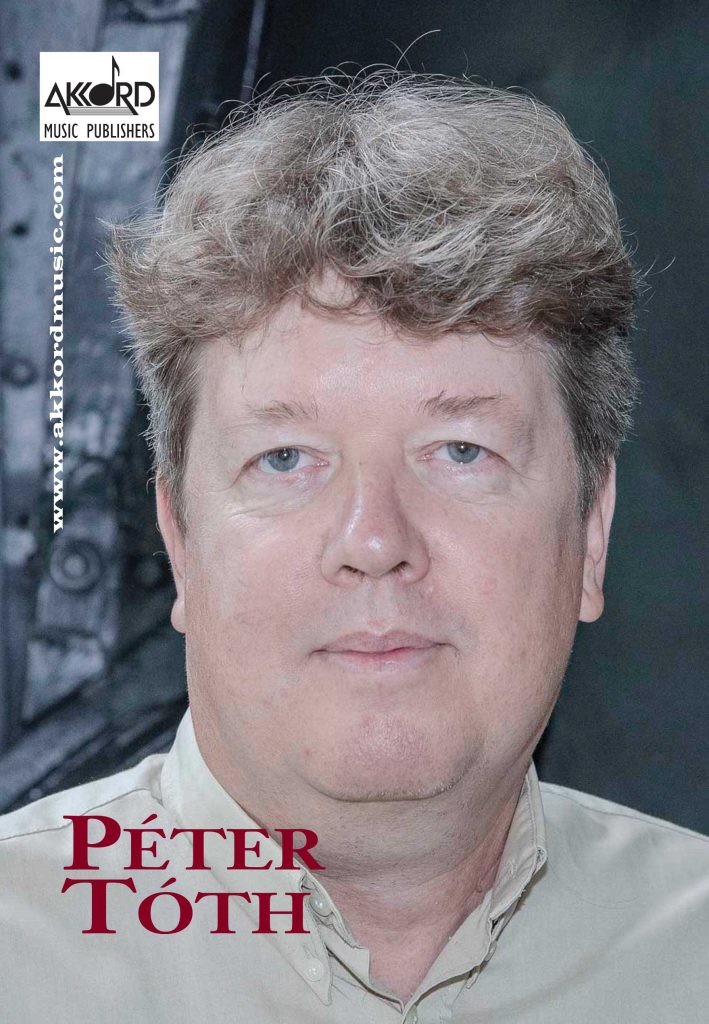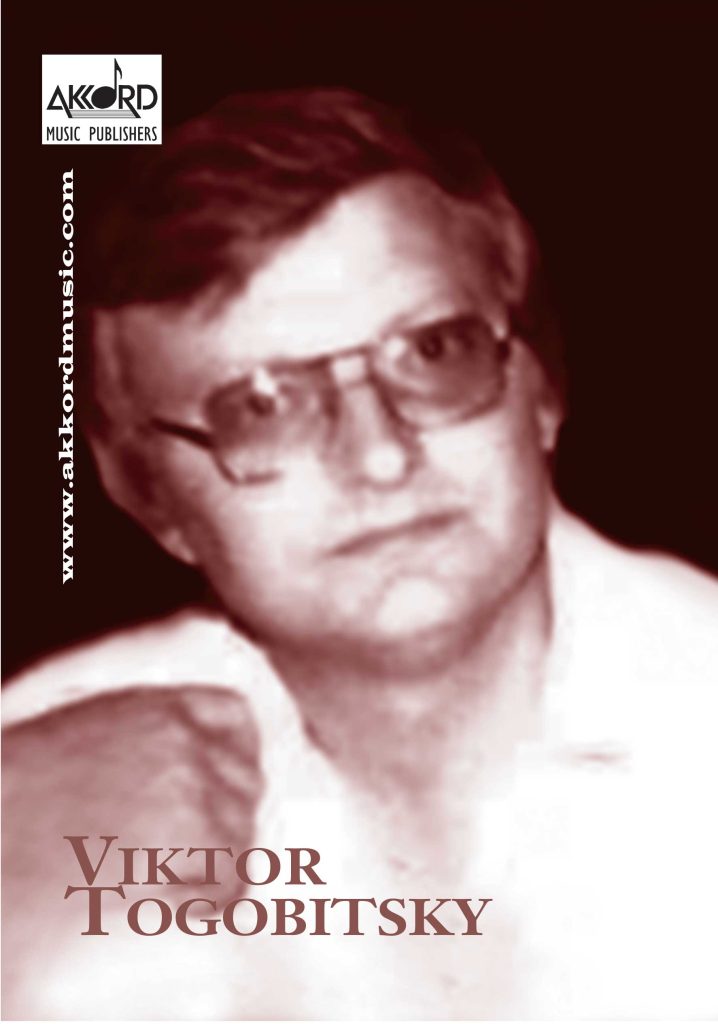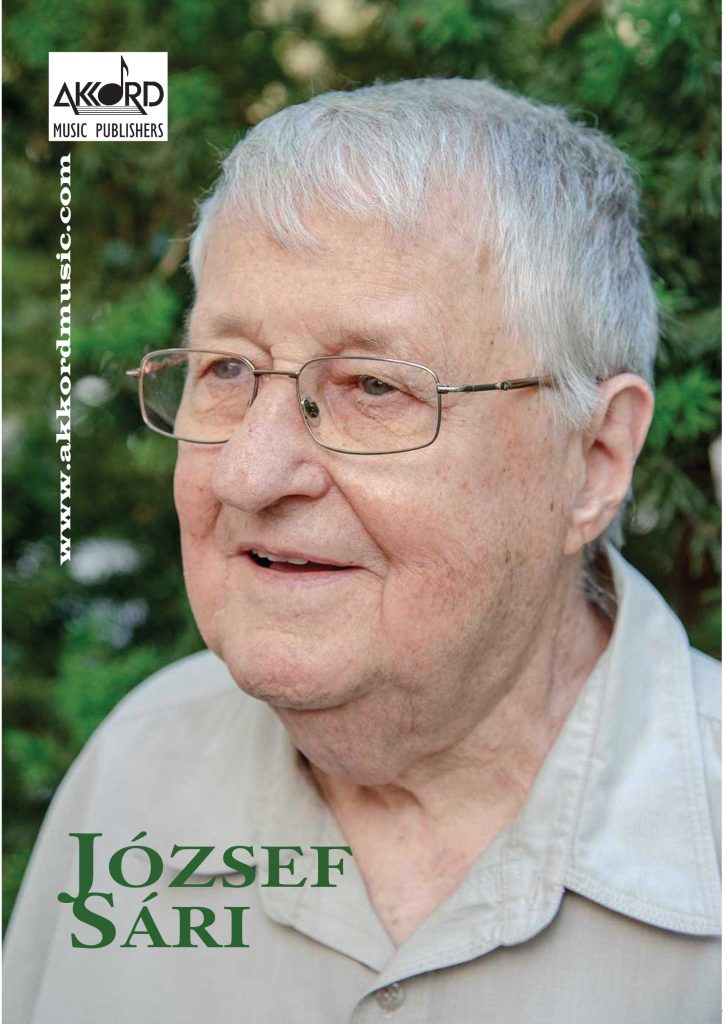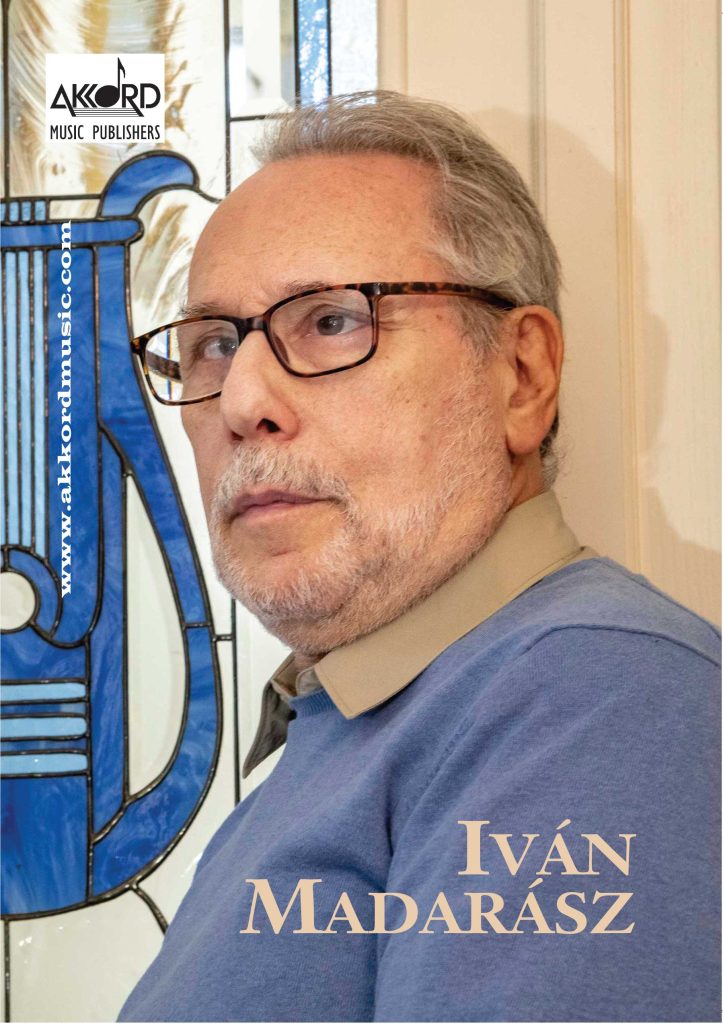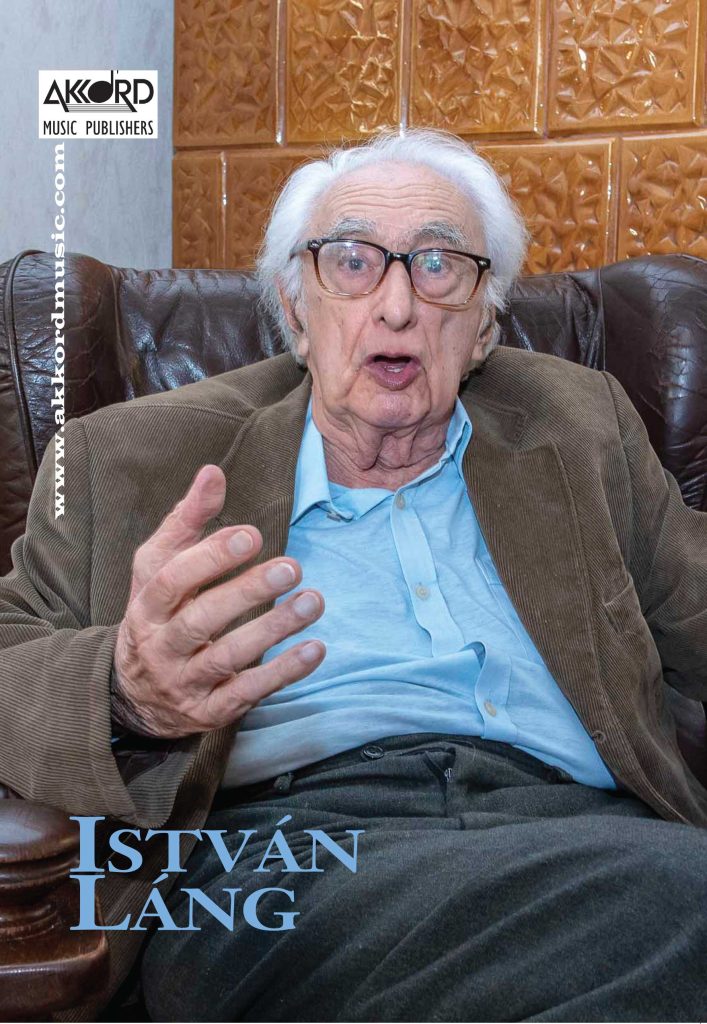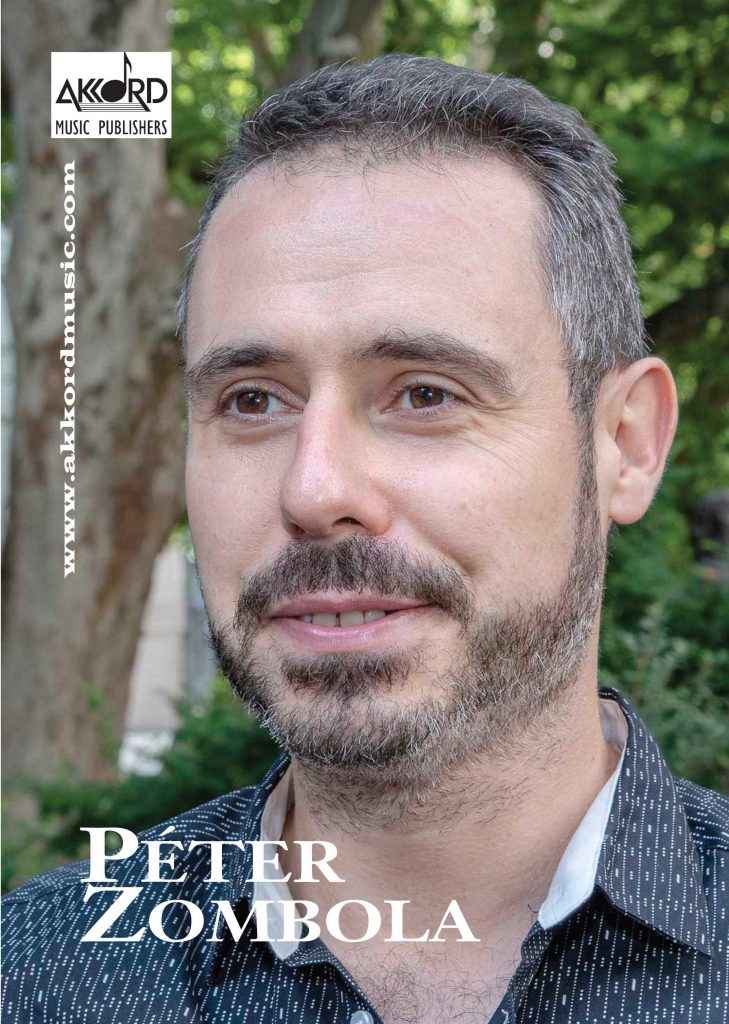 View Large
View Large
Gyula Fekete (b. 1962) has been a professor at the composition faculty of the Liszt Academy of Music since 1997, and head of the faculty since 2012. In the academic year of 1995/1996, he visited the United States on a Fulbright Scholar program. He earned his doctorate in 1996 at Northwestern University, Illinois, where he received the Faricy Award for Composers in the same year. In 1999 he was awarded the scholarship of the Hungarian Academy in Rome, and in 2001 he attended the courses of IRCAM in Paris enabled by the Eötvös Scholarship. In 2005 he was visiting Fulbright Scholar at the Chicago College of Performing Arts. In 2000, his opera The Saved City won the singleact category of the competition organized by the Hungarian State Opera House for the millennium of the foundation of the state of Hungary. In 2003, the same work was awarded the Artisjus Prize for the best classical composition of the year. In 2011, again as a commission from the Opera House and the Budapest Spring Festival, he composed his opera Excelsior! for the two hundredth anniversary of Liszt’s birth. Since 1998, he has been a board member of the Hungarian Composers’ Union, and has been president of the Hungarian Art Music Society since 2015. He received the Erkel Prize in 2001, and the Bartók–Pásztory Award in 2011.
A characteristic feature of Gyula Fekete’s style of composition is the pursuit of integrity, the urge for discovering, accepting, and combining different musical styles. He claims that the formation of this viewpoint was influenced by many factors; by the impressions during the trip to America, the art of serialist composers Milton Babbitt and Elliot Carter encountered there and the world of American musicals, as well as the compositional approach of his university professors in Hungary, Attila Bozay, Emil Petrovics and János Vajda among others. As a teacher, he passes on today the same openness, an attitude without prejudice or dismissal to his students. Music for theatre has a significant role in his oeuvre. His doctoral thesis was also written about an opera, John Corigliano’s The Ghosts of Versailles. A characteristic of the piece is the way it intends to mediate between Mozart and Rossini’s music and atonality, and this very question, the possibility of a connection between new and old styles, is what serves as the underlying characteristic of Fekete’s works. The publications of Akkord Music Publishers include a selection of Gyula Fekete’s works for wind instruments. Two of the composer’s pieces have been published for flute and keyboard instrument, Sonata for flute and piano (2004), and Sinfonia all’ungherese (2011), which features the harpsichord alongside the flute. The dedicatee of the Sonata is the by now internationally noted flautist-conductor Gergely Madaras. Consisting of three movements, the sonata’s style reflects on twentieth-century French flute music, at times almost quoting the characters of Poulenc’s well-known sonata for flute and piano: in certain places it is light-hearted, in others heartfelt and lyrical, and in still others effortlessly virtuosic – however, it maintains the beauty of the sound under all circumstances. The title of Sinfonia all’ungherese alludes to titles given to earlier music written in “Hungarian style”. The choice of instruments is also rather archaizing, since the flute is accompanied by a harpsichord – which may be substituted for a piano if needed. Like the sonata for flute and piano, this work also has three movements. However, its nature is significantly different; it is the flute part that primarily poses easier obstacles to the player. The lyrical utterances are in a register less technically challenging for the flute, in virtuosic runs unexpected modulations are rarer and the rhythm less complex. The reason for all this is that the piece was composed with educational goal.

in mind, making it suitable to use as teaching material from the higher grades of music school.
Suraki (1995) offers a glimpse into the works born during Fekete’s American years, an artistic period dominated by chamber music for performance reasons. In his composition for clarinet solo, ascending arpeggios and virtuosic runs are defining features. This has special sig[1]nificance with regards to the inner meaning of the piece, since “Suraki” in the title read backwards is the Ikarus (Icarus) known from Greek mythology. The piece represents in music the story of Icarus’ bold wish to be close to the Sun and the tragic fall caused by his unbridled folly.

Composed for bassoon and piano for György and Péter Lakatos, Birthplace girls (1990) pays musical homage to the composer’s hometown. Among the motifs, allusions to the folk song with the same starting words are found, though this can only be recognized within the texture of the piece in the form of certain melodic fragments. The melodic content, inspired in this way by folk music, is complemented by rhythmic ostinati reminiscent of the musical world of Stravinsky’s works.

The compositions for trombone show two different faces of this versatile member of the brass family. Parlato (2000) is a monologue in a personal style, whose structural pillar is a segment marked with the performance instruction risoluto ma cantabile. This thematic material opens the piece, its variation appears after the first agitato and grazioso sections, and perhaps it is this basic idea from which the seven-measure waltz-allusion – cut off with dramatic abruptness – unfolds (Valzer, nostalgico). After a Cadenza initially built from motoric sixteenth figurations, then resolved with freer gestures, the piece, which basically remains on a tonal ground, settles down more and more: recalling a variant of the opening theme, the trombone’s monologue closes by gradually calming down in dynamics and rhythm. Concerto for trombone and orchestra (2004), composed for András Fejér, is available as a reduction for trombone and piano as well as orchestral hire material from Akkord Music Publishers. The three-movement work follows the traditional structure of a concerto (Allegro risoluto – Larghetto – Moderato), and its sequence of keys also does not deviate significantly from the quasi-usual tonal boundaries. The opening movement – though not in sonata form – follows traditions of musical form with a reprise structure. The slow movement is a dolce, espressivo lyrical confession that closes in a clear and bright C major. In the finale of the concerto the lyrical quality only appears faintly, the central character remains defined by joy and wit alongside rhythmic figures that evoke military music.
Written by Viktória Ozsvárt
translated by Péter Ittzés



